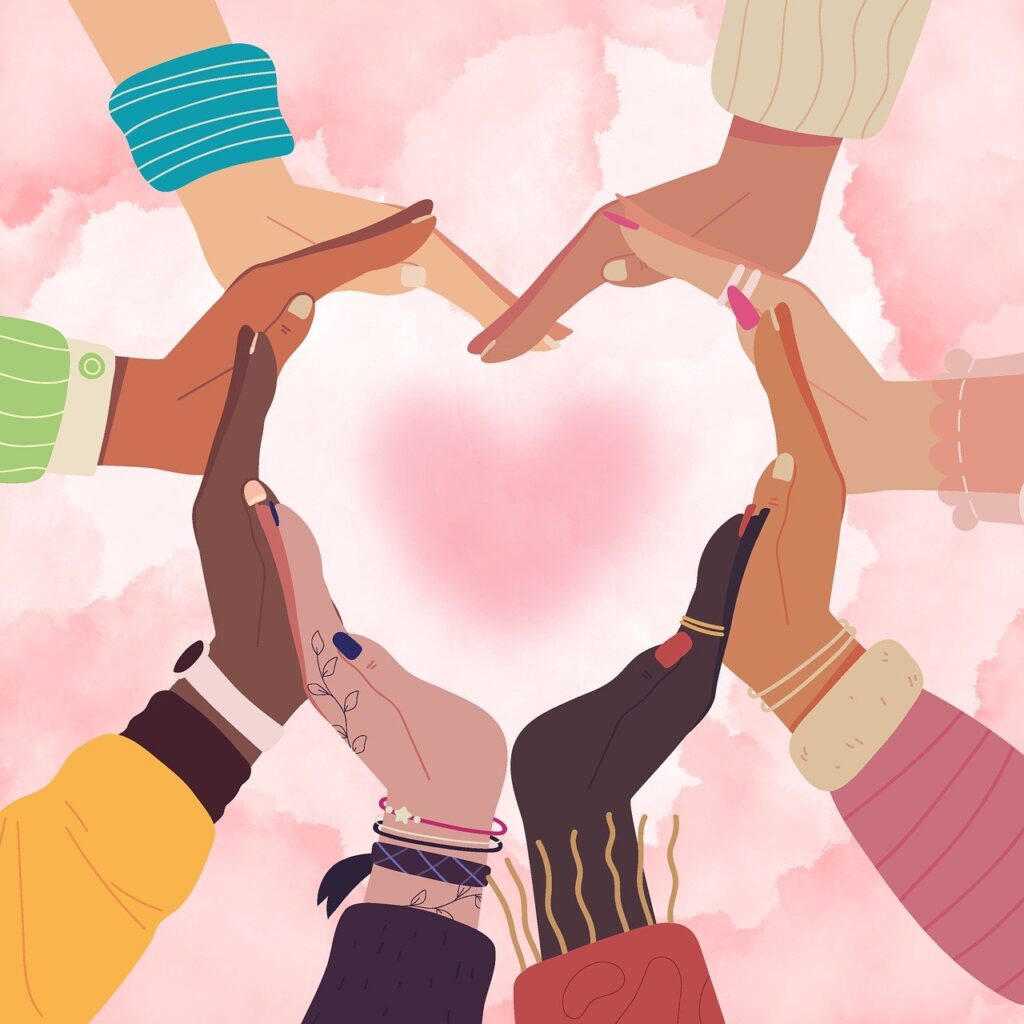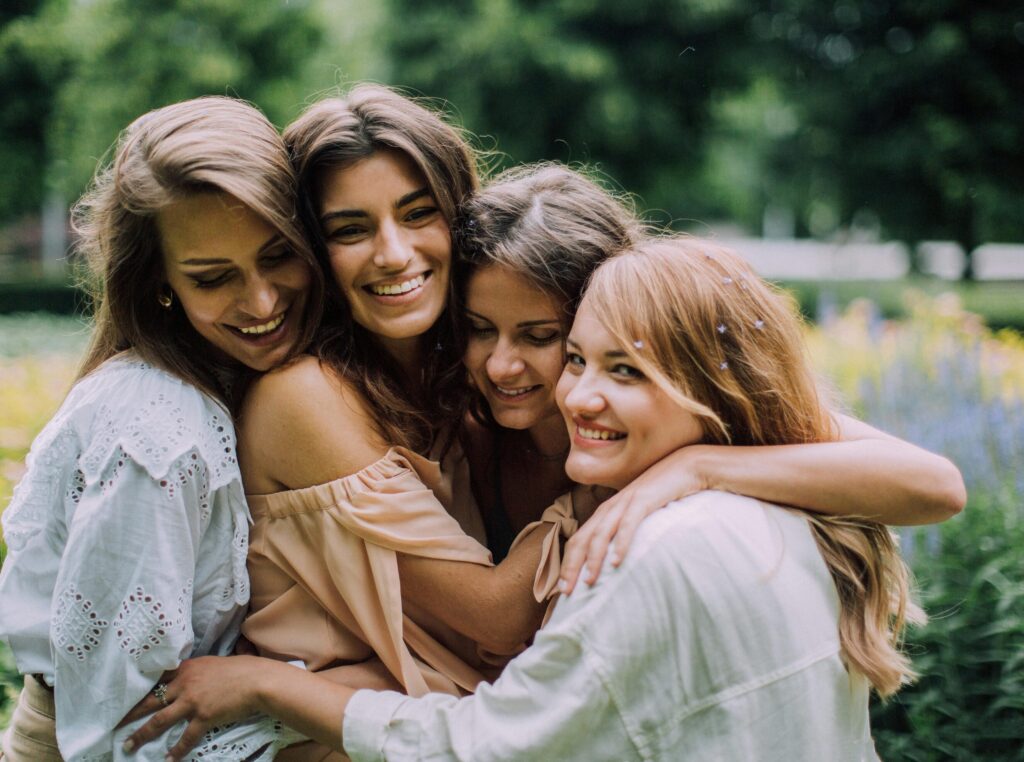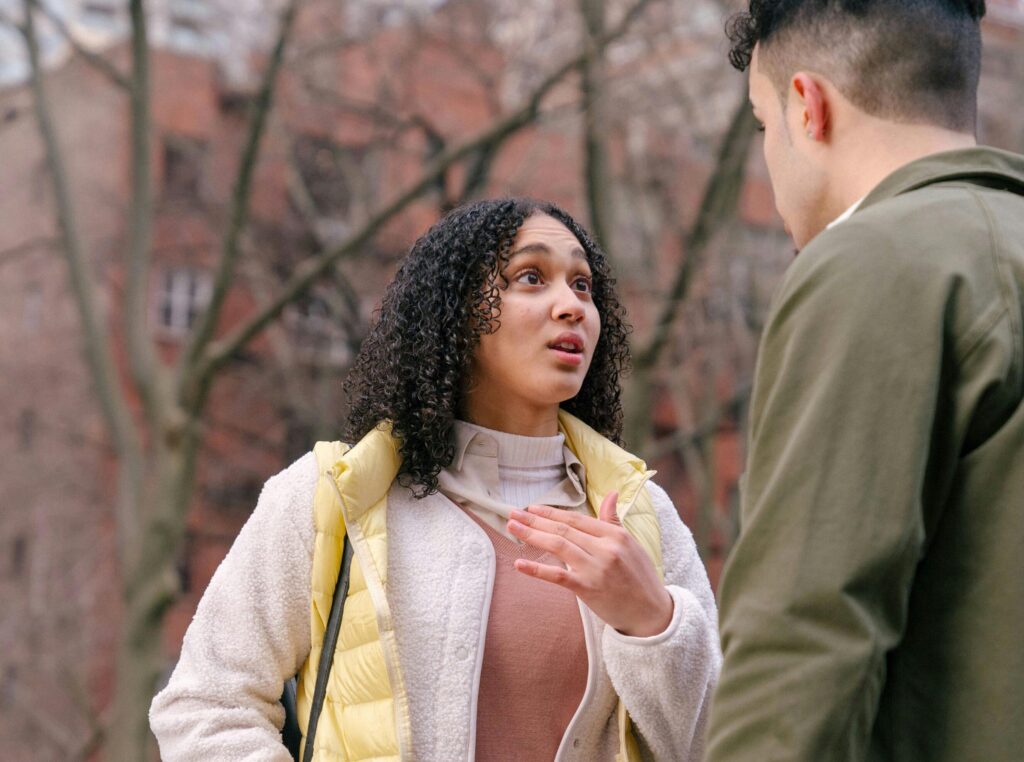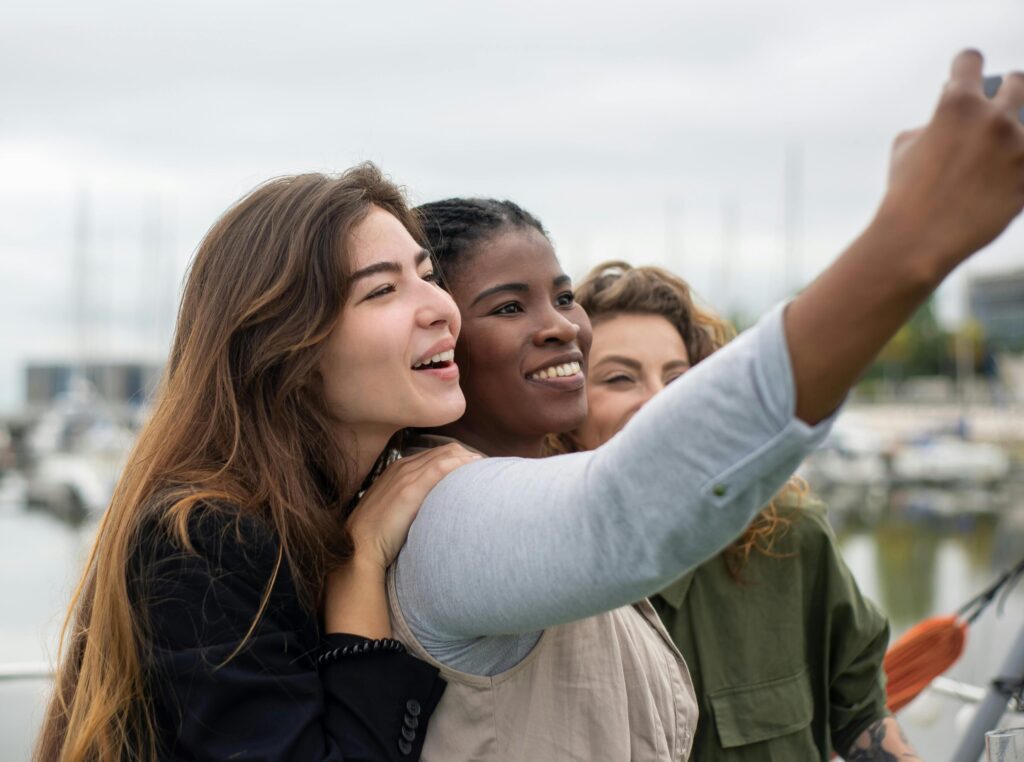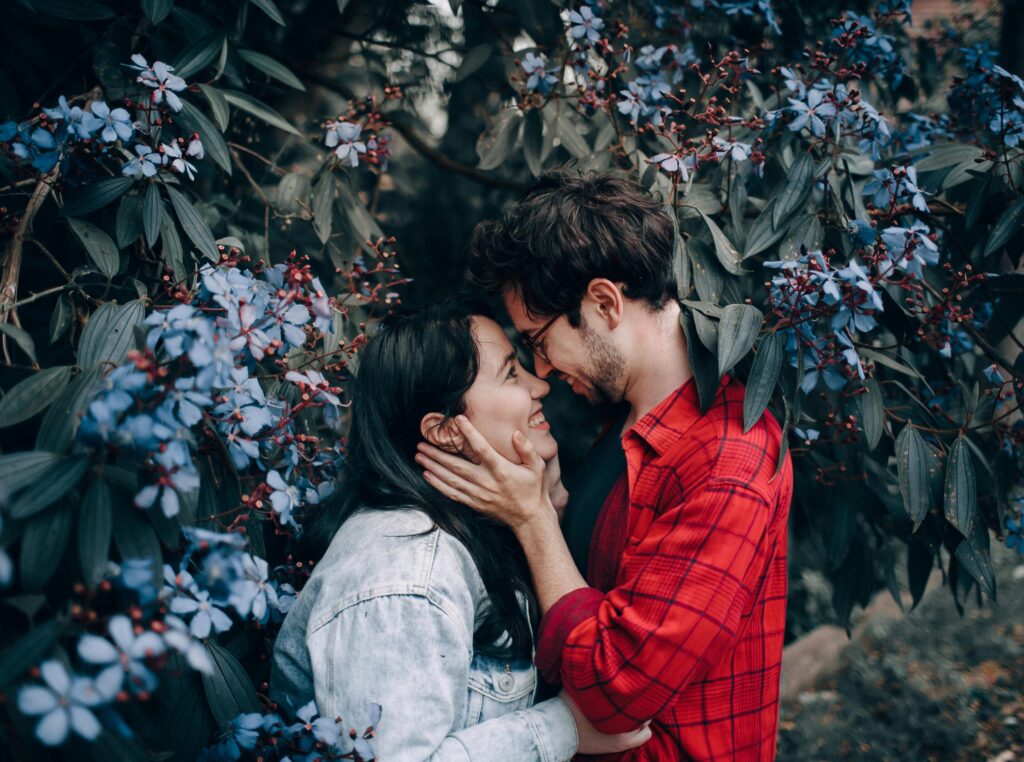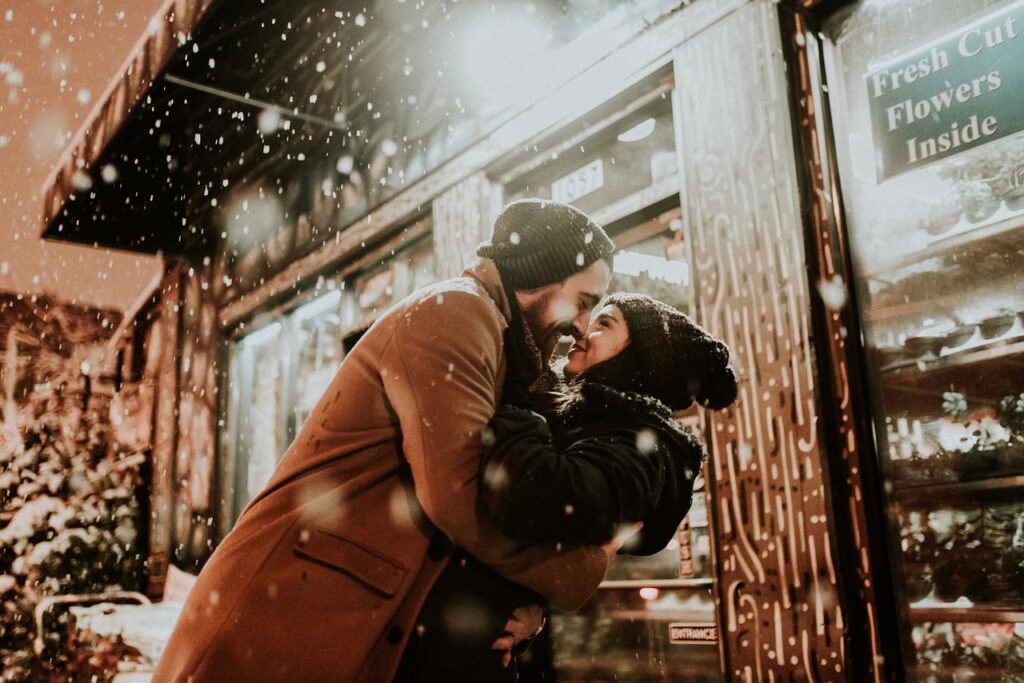
When it comes to feeling safe in relationships, it goes beyond physical protection. Emotional safety is another important factor in building healthy relationships. It is about being accepted, validated, and understood. An emotionally safe relationship has open communication, empathy, boundaries, trust, honesty, and vulnerability.
Open Communication
Communication is the foundation of building emotional safety in a relationship. It involves sharing how you feel with one another and being empathetic towards each other. How you communicate in relationships can also impact how safe a relationship is. It is important to speak in a calm and respectful tone. It isn’t just about giving a message. It is about delivering it in a way the other person can receive it. Communication also involves listening to understand and not to defend. It is about recognizing that you won’t agree with everything the person says, but you can be understanding.
Boundaries
Emotionally safe relationships are built on clear boundaries. It’s essential to identify your boundaries and communicate them openly. If there’s a sensitive topic you are not ready to discuss, it’s important to express that you’re not comfortable sharing that information at this time. Another key boundary is ensuring that personal conversations remain private and are not shared outside the relationship without mutual consent. Additionally, avoiding name-calling and personal attacks is crucial to maintaining emotional safety in the relationship.
Trust
When trust is lacking in a relationship, it becomes difficult to establish emotional safety. One of the most important ways to foster a sense of safety is by honoring our commitments to one another. It builds trust and shows that we genuinely care. Another component of trust is honesty. Being open about how you feel is part of building intimacy in relationships. Honesty is also about being transparent. It involves sharing your needs, intentions, and desires. This openness fosters a deeper emotional connection, helping both partners feel heard, understood, and safe.
Accountability
Sometimes, you might hurt the person you love, and being accountable for your words and actions is critical in maintaining emotional safety. It starts with an apology and ends with an agreement to do better. It is also about being able to change any behaviors that might be hurtful. You are not responsible for how someone feels, but you are responsible for your words and actions. Be willing to admit fault and take steps to do better. When you demonstrate a willingness to learn from your mistakes and improve, it deepens trust and strengthens emotional safety.
Vulnerability
Another important step towards emotional security is vulnerability. You want to be open about your feelings, share your needs, and show your imperfections. The benefit of vulnerability is that it allows you to be accepted for who you are. This acceptance fosters a deeper connection. Vulnerability is not easy, and sharing a little information over time is okay. The key is to take it at your own pace, allowing yourself to be vulnerable when you feel safe and ready. Vulnerability is earned over time as trust increases.
Key Takeaways
Emotional safety is just as important as physical safety. Your heart should be handled with care. Emotional safety involves open communication, empathy, boundaries, trust, honesty, and vulnerability. By embodying these qualities, you can build a relationship rooted in love, respect, and support.
